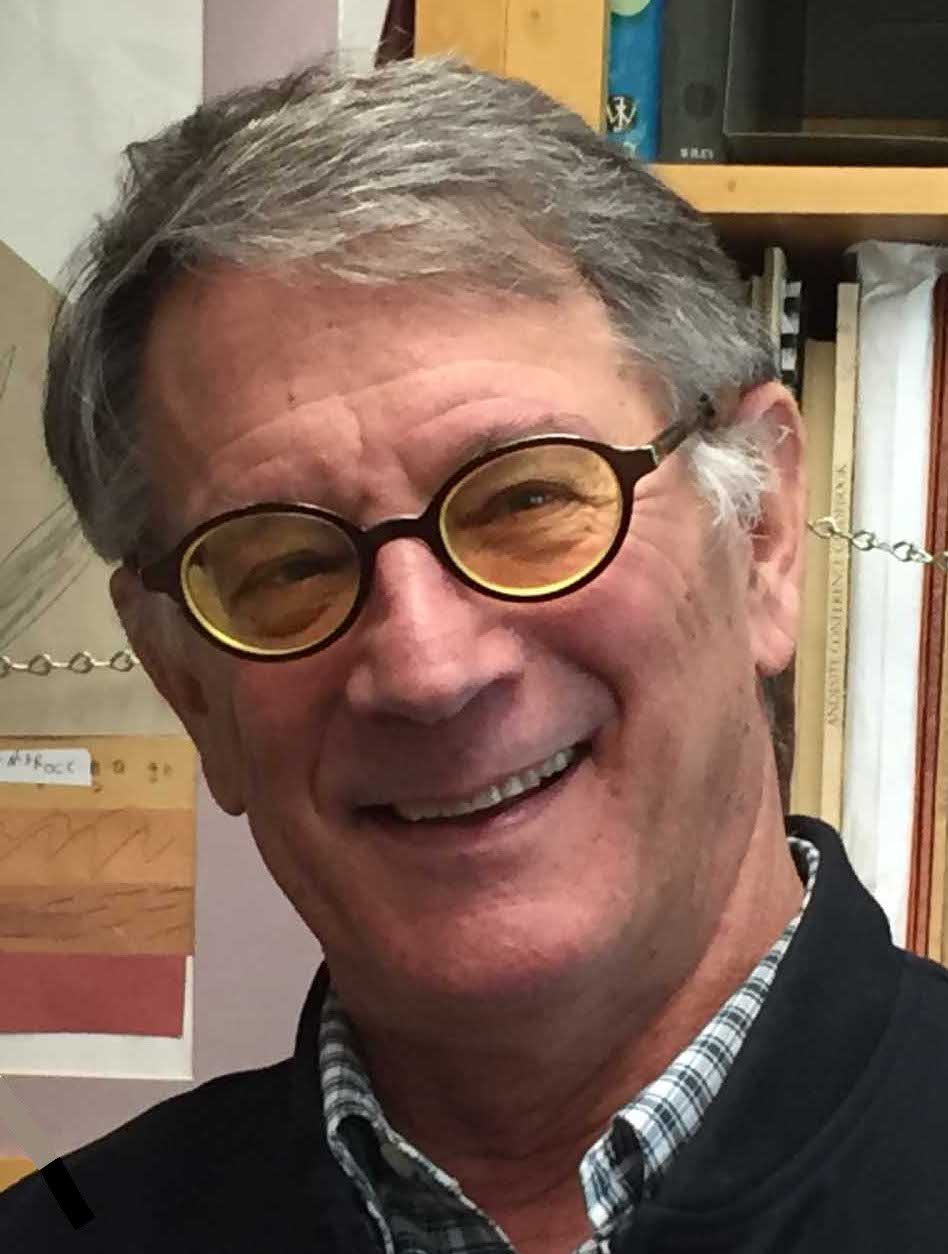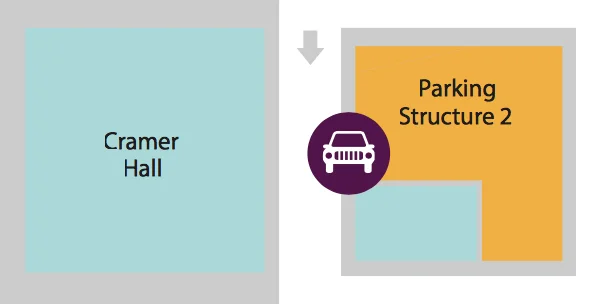Oblique Subduction, Rotating Crustal Blocks, and the Active Tectonics of the Pacific Northwest
Paleomagnetists — scientists who track the motions of continents from ancient magnetic field directions frozen into rocks — have long known that Oregon has been slowly rotating clockwise over geologic time. Paleomagnetic data show that the Older Coast Range basalt of the Siletz River Volcanics, about 50 million years in age (50 Ma), are rotated about 75°, whereas younger flows of the Columbia River Basalt (16-12 Ma) exposed in the Coast Range are rotated about 20°.
Rotations are largest along the coast and decrease inland. Scientists were at first puzzled, but plate tectonics soon provided an answer: Northeast-directed subduction of the Juan de Fuca Plate beneath the continent drags the leading edge of Oregon northward, producing a clockwise shear in the continental plate. Today, GPS documents that the entire Pacific Northwest is rotating clockwise at a little less than 1 degree per million years, causing the Coast Range to move northward and push against slow-moving Canada. Cascade volcanoes erupt on the trailing edge of the clockwise rotating Oregon coastal block.
The northward push is responsible for crustal earthquakes on shallow faults in the Northwest urban corridor. The rate of motion measured by GPS over the last decade is the same as measured by paleomagnetists for time spans of millions of years and indicates that the present rate is useful for understanding the rate of earthquake production. Little did we know that the curiosity-driven paleomagnetists would be so important to understanding the earthquake hazard in the Pacific Northwest!
Dr. Ray Wells
Dr. Wells has been a research geologist with the USGS for 40 years, where he used field geology, paleomagnetism, and GPS to understand the tectonic evolution and seismic hazards of active continental margins. He has studied subduction zones around the world to better understand the controls on great megathrust earthquakes and has applied that understanding to the Cascadia convergent margin. Ray is particularly interested in how the oblique component of convergence is partitioned into permanent deformation of the forearc, producing faults, earthquakes, and tectonic rotation of the upper plate.
Dr. Wells is a recipient of the Distinguished Service Award of the Department of the Interior and the 2017 recipient of the Geological Society of America’s Geologic Mapping Award in honor of Florence Bascom. Recently retired, Ray is a Research Geologist Emeritus stationed at the USGS Oregon Water Science Center and is a Research Associate with the Geology Department at Portland State University.



